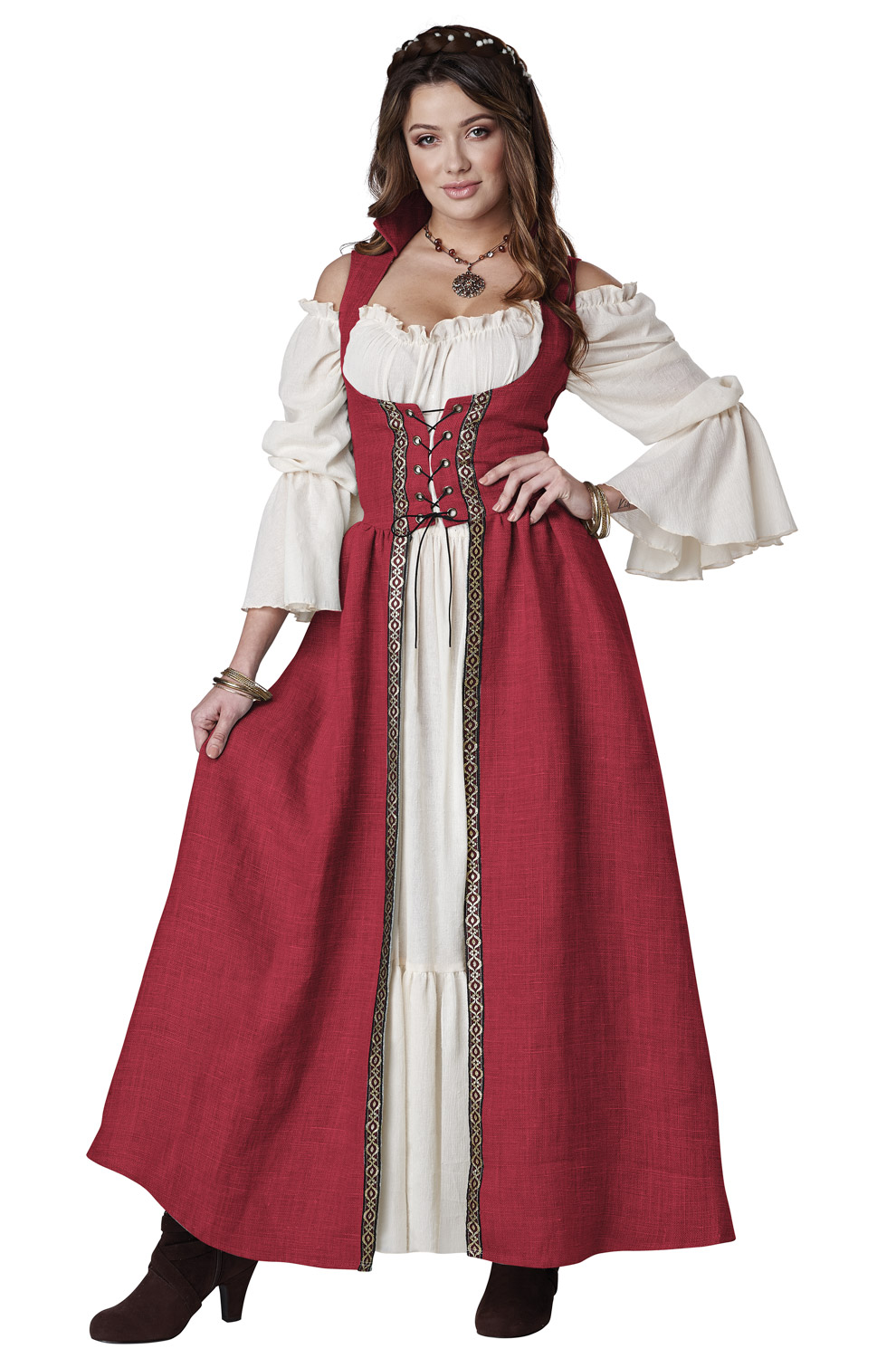
So, tailors were cutting tricky mosaic of small pieces of fabric. Poor men settled for gloomy grey and brown clothing.ĭesign and cut of medieval costumes is so curious because of objective reason – width of weaver’s loom. The richer wearer was, the brighter was color of his outfit. However, there were many muttons and easy-to-keep flax fields, so people used what they had.Īs to color, bright and deep scarlet, blue, green, yellow and other colors, which you can see on the gravures, were available for quite narrow group of deep-pocketed people. Silk and cotton were imported expensive fabrics. Getting off the topic, it’s worth to notice that there were two types of basic fabrics for medieval Europe clothing – wool and linen. It looked like a long tunic, generally made of linen (more rarely – of silk or cotton).

Underdress – chemise – was common element as for men, so for women. Let’s start from separate medieval clothing elements, in particular from the first layer, worn next to the skin - men's underwear & women's underwear.

So, we will tell about it a little to help you with choice.

Real medieval clothing deeply varies depending on the region, historical period and social class.
#Authentic medieval costumes movie
However, if we were considering such long dress or costume similar to what we seen in a movie about knights, so adult life allow us to choose of medieval clothing, which really agrees our look, if your soul desire to immerse in the fairytale. Long dress or chaste doublet allow you seeing yourself a lovely princess or honorable robber again. Medieval times’ clothing is a door to the fairytale for grown-up people.


 0 kommentar(er)
0 kommentar(er)
